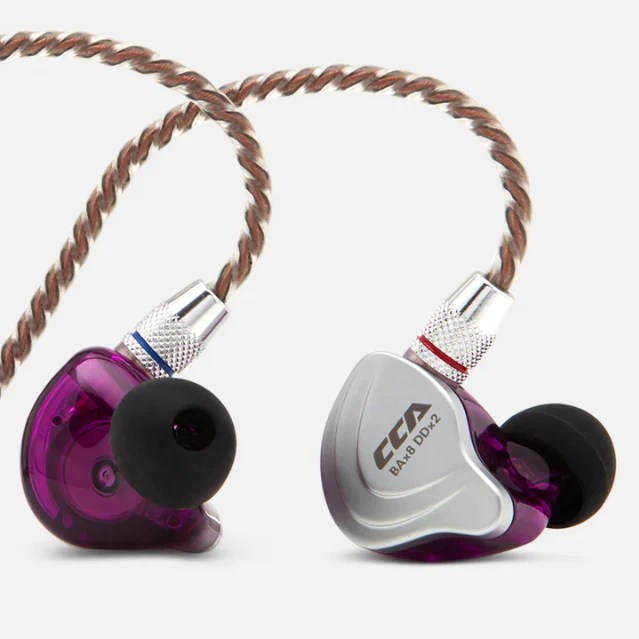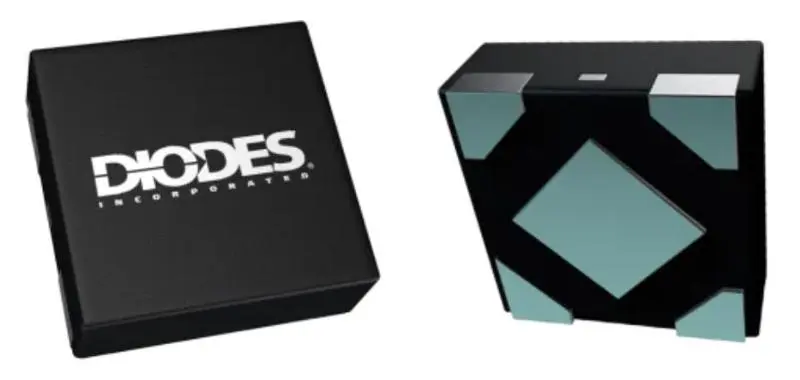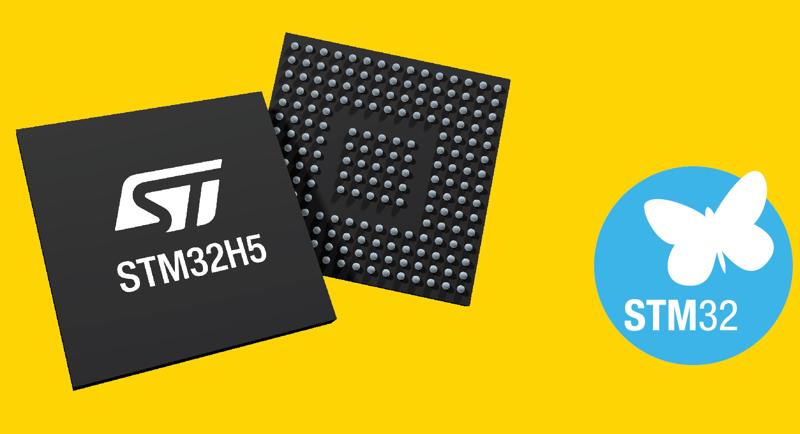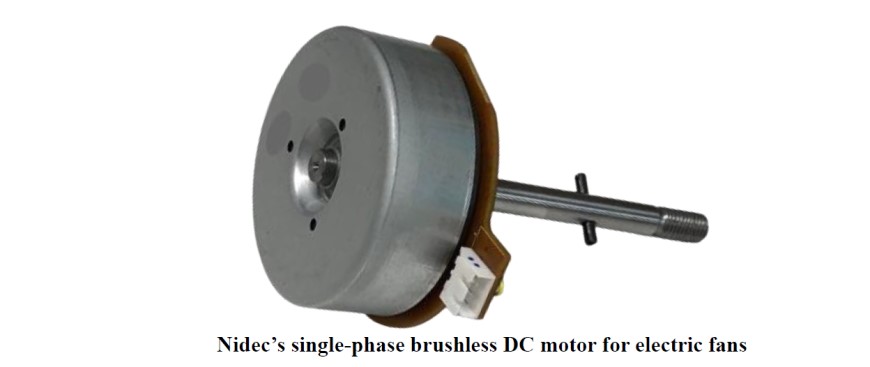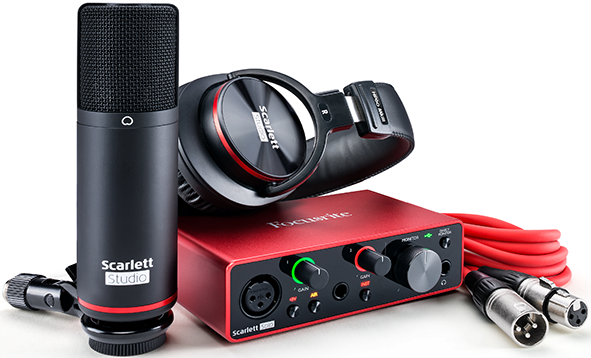
Freeing a three
- Consumer
- 2023-09-23 22:51:27
To quote a past blog post of mine from mid-2019:
Some of my most popular blogs and teardowns have a common theme … LED light bulbs! You all sure love your incandescent-successor illumination sources!
Well, here’s another one ;-). At the beginning of this year, one of the archaic three-way incandescent bulbs in our living room table lamps fully (more on that adverb shortly) failed. Exemplifying that I too love incandescent-successor illumination sources, not to mention that I bleed green, I replaced it with an LED-based successor. And while I was at it, I replaced its equally geriatric (but still fully functional) companion in the other table lamp, relegating the incandescent predecessor to “emergency” spares storage.
The motivation here was admittedly at least partly aesthetic; since I was replacing the initial dead incandescent anyway, I also migrated from a “soft” (sometimes also called “warm”) white 3000K bulb to a more book reading-friendly 4000K “natural” (aka, “cool”, “natural” or “neutral”) white one. And since it’d look odd to have two lamps in the same room with different color temperature illumination sources…well…



Specifically, I found a three-way LED four-pack in claimed “Used-Like New” condition on Amazon Warehouse for less than $13, which was also less than half the brand-new four-pack equivalent price. Alas, as is sometimes the case with stuff acquired from the Warehouse area of Amazon’s website, while three of the bulbs worked fine, the fourth one was as dead as a doornail (or, if you prefer, a parrot). All’s good; Amazon promptly partial-refunded ¼ of what I paid to cover the cost of the nonfunctional luminary, and I didn’t even need to send it back. Prompting the one-word thought…you guessed it…“teardown!”
Part of my analysis motivation was personal. I’d conceptually already figured out how three-way incandescents worked; there were two filaments inside, with varying lumen light output capabilities, and the socket switch selected between “off”, “low-output filament”, “high-output filament” and “low-and-high output filaments at the same time” (strictly speaking, therefore, they’re actually “four-way” bulbs). Common combinations are 30/60/100W and 50/100/150W; to my earlier “fully” adverb foreshadowing, when one filament burned out the other would still sometimes work for a while…which is why I must confess to having a couple of other three-way incandescents also in “emergency” spares storage, one with masking tape stuck to it with the phrase “50W-only” scrawled on it, and the other adorned with “100W-only”. Thrifty of me, eh?
But how did the one/other/both/none switching work at the socket? And how did the operation translate to an LED bulb-based implementation? That’s what I wanted to find out, and to share with you. Voila our victim, without further ado:




Here’s where the initial functional action happens, at the base:

You might not notice what’s different, until you see this comparative image of a conventional (albeit dimmable) LED light bulb also in my teardown pile:

(By the way, notice the hint of what looks like a filament structure inside this dimmable LED bulb. You’re going to have to wait for a future teardown to find out more about that!)
See the extra contact ring in the three-way? It’s the key. Here’s what an incandescent three-way equivalent looks like, courtesy of Wikipedia’s entry:

And here are a couple of Wikipedia-provided images of an associated three-way socket:


I’d always figured that the three-way operational concept was pretty simple, but as the bulk of lights in my residences have either been traditional two-way (on-and-off) or fully variable dimmable, I’d just never bothered digging into the details until now. Here’s Wikipedia’s take:
A standard screw lamp socket has only two electrical contacts. In the center of the bottom of a standard socket is the hot contact (contact one in [earlier] photo), which typically looks like a small metal tongue bent over. The threaded metal shell is itself the neutral contact (contact three in photo). When a standard bulb is screwed into a standard socket, a matching contact on the bottom of the bulb presses against the metal tongue in the center of the socket, creating the live connection. The metal threads of the bulb base touch the socket shell, which creates the neutral connection, and this is how the electrical circuit is completed.
A 3-way socket has three electrical contacts. In addition to the two contacts of the standard socket, a third contact is added. This contact is positioned off-center in the bottom of the socket (contact two in photo). This extra contact matches a ring-shaped contact on the bottom of a 3-way bulb, which creates the connection for the second filament inside the bulb… The center contact of the bulb typically connects to the medium-power filament, and the ring connects to the low-power filament. Thus, if a 3-way bulb is screwed into a standard light socket that has only a center contact, only the medium-power filament operates.
Here’s an animation of how it all plays out:

That’s all well and good, but LED light bulbs don’t have filaments. So…??? This particular bulb doesn’t work, as you already know, and I’m not going to rip the globe off a perfectly good one to observe it in illuminated operation, but maybe if we look inside this one, we can hazard a reasonable guess. Onward and inward:




This is interesting. At the center is a MT7606E high current precision liner LED driver from a Chinese company called Maxic Technology, a four-contact female connector (whose male equivalent, currently connected—as as you can see from the pins’ ends sticking through—presumably is soldered to the PCB in the bulb sleeve), and a passive (a resistor, if the PCB markings are correct). Surrounding them are two concentric rings of LEDs: 15 for the inner, and 36 for the outer. My guess is that the inner ring handles the 50W-equivalent “low” setting, while the outer does 100W-equivalent “medium” duties, and all LEDs illuminate for “high”.
Let’s keep going (new LED light bulbs are certainly easier to disassemble than their forebears!):


All we get is a peek at the PCB inside; for a fuller view, we first need to twist off the base:


Notice the three wires extending from the PCB to the bulb end; the white one goes to the center “hot” contact while the grey one goes to the off-center “hot” contact ring. Meanwhile the black “neutral” wire press-connects to the base during bulb assembly. Snip the first two wires and the base separates from the bulb end, providing a fuller perspective of both:


There we go:




Disconnecting the PCB from the LED plate gives us unobstructed visages of both sides of both:


Several big caps and a transformer up top:

And on the other side, a diode, two more resistors, two MB10F bridge rectifiers and a mystery IC labeled “MT7712S”. Presumably it’s also from Maxic Technology, but I can’t find any information on it online; knowledgeable reader insights are as-always welcome!

And that’s all she (or more accurately, in this case, he) wrote! I hope you’ve found this teardown “illuminating” (insert sad trombone sound). Sound off with your thoughts in the comments!
—Brian Dipertis the Editor-in-Chief of the Edge AI and Vision Alliance, and a Senior Analyst at BDTI and Editor-in-Chief of InsideDSP, the company’s online newsletter.
Related Content
Teardown: What killed this LED bulb?Teardown: Cutting into a multicolor LED light bulbTeardown: Wi-Fi LED light bulbTeardown: A19 LED bulbTeardown: Zigbee-controlled LED light bulbTeardown: Bluetooth-enhanced LED bulbTeardown: Cool LED lightingSlideshow: LED Lighting TeardownsFreeing a three由Voice of the EngineerConsumerColumn releasethank you for your recognition of Voice of the Engineer and for our original works As well as the favor of the article, you are very welcome to share it on your personal website or circle of friends, but please indicate the source of the article when reprinting it.“Freeing a three”



